Sales and Marketing Alignment: Solving The 5 Biggest Challenges

- Summary
- The Importance of Sales and Marketing Alignment
- Common Alignment Challenges and How to Overcome Them
- Strategies for Aligning Sales and Marketing Teams
- Real-World Examples of Successful Alignment
- Best Practices for Enhancing Sales and Marketing Alignment
- Measuring the Success of Sales and Marketing Alignment
- Tools and Technologies
- Integrating B2B Marketing and Smarketing for Optimal Results
- Conclusion: Achieving Sales and Marketing Alignment
In today's fast-paced business world, sales and marketing alignment is no longer a luxury—it's a necessity. When these two critical teams work in harmony, your organization can experience a significant boost in revenue, improved lead quality, and a seamless customer journey.
But why does this alignment matter so much? Sales and marketing teams often work in silos, leading to misaligned goals, inconsistent messaging, and inefficient processes. This misalignment not only hampers your team's performance but also results in wasted resources and missed opportunities for growth.
Aligning your sales and marketing teams is crucial to overcoming these challenges. It fosters better communication, ensures shared goals, and drives improved metrics. The result? A more efficient, cohesive team that delivers exceptional results.
The Importance of Sales and Marketing Alignment
Sales and marketing alignment is crucial for several reasons, and its impact can be felt across your entire organization. Here's why it matters:
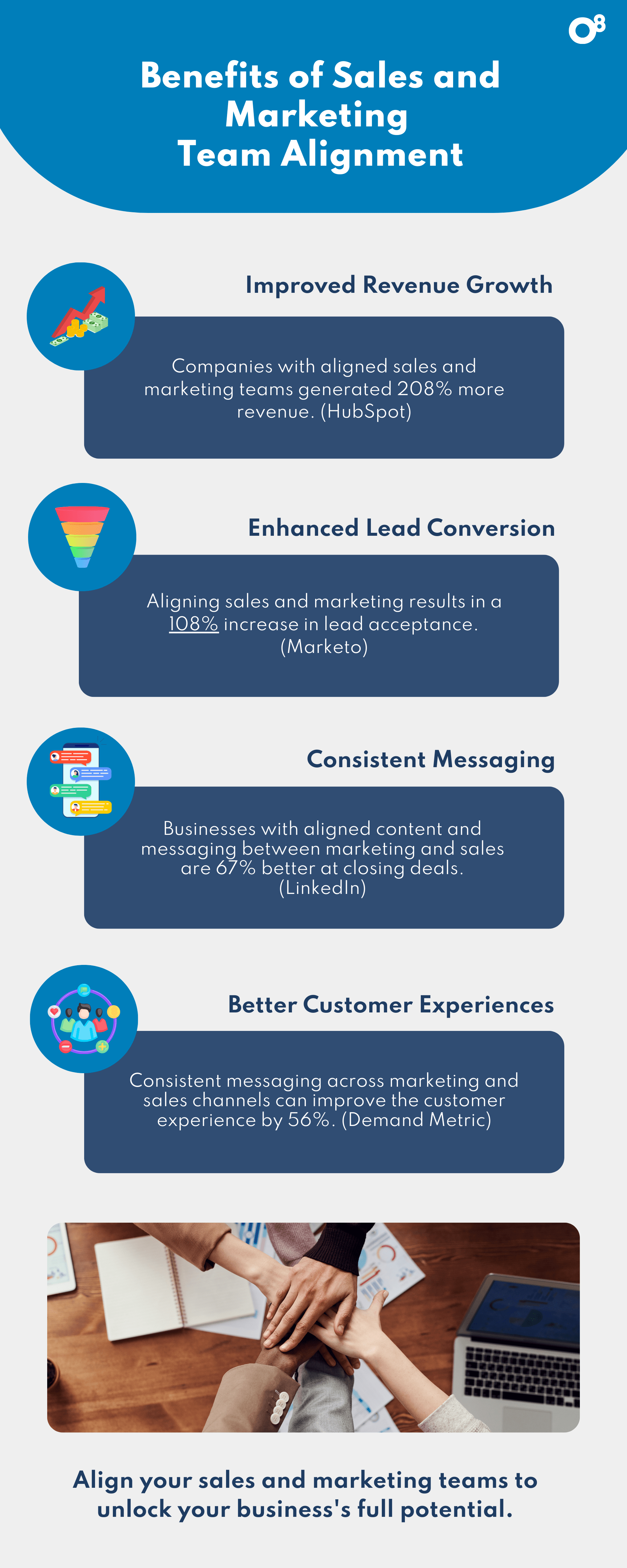
Improved Revenue Growth
Aligning your sales and marketing teams leads to better coordination and streamlined processes, directly contributing to revenue growth. When both teams share common goals and collaborate effectively, they're able to target the right prospects at the right time, significantly improving conversion rates and increasing overall sales.
Enhanced Lead Quality
When sales and marketing work together, they can develop a unified approach to lead generation and qualification. Marketing teams can create content and campaigns that attract high-quality leads, while sales teams can provide valuable insights into what makes a lead truly sales-ready. This collaboration ensures that leads passed on to the sales team are more likely to convert, reducing wasted effort and driving better results.
Consistent Messaging
Consistency in messaging is vital for building trust and credibility with your audience. When sales and marketing are aligned, they can ensure that all communications—from marketing campaigns to sales pitches—are coherent and aligned with the brand's voice and goals. This consistency helps create a seamless experience for potential customers and builds a stronger brand reputation.
Better Customer Experience
A well-aligned sales and marketing team can offer a more personalized and engaging customer experience. By sharing insights and data, both teams can better understand and anticipate customer needs, providing tailored solutions and support at every stage of the buyer's journey. This leads to higher customer satisfaction and loyalty.
Aligning your sales and marketing teams isn't just a best practice—it's a strategic imperative for any organization looking to thrive in today's competitive landscape. When both teams work together, they can achieve remarkable outcomes that positively impact the bottom line.
Common Alignment Challenges and How to Overcome Them
Achieving sales and marketing alignment is not without its challenges. Understanding these hurdles and knowing how to overcome them can make a significant difference in your team's success. Here are some common challenges and solutions:
Lack of Communication Between Teams
One of the primary barriers to alignment is poor communication. Sales and marketing teams often operate in silos, leading to misunderstandings and misaligned goals.
Solution: Implement regular inter-departmental meetings and open channels of communication using tools like Slack, which allows for seamless, real-time communication and collaboration.
Differing Priorities and Metrics
Sales teams focus on closing deals and meeting quotas, while marketing teams aim to generate leads and build brand awareness. These differing priorities can lead to confusion and misalignment.
Solution: Establish shared goals and KPIs that both teams can work toward. Tools like a HubSpot CRM can help unify your metrics and provide a single source of truth for both teams.
Inconsistent Messaging
Inconsistent messaging can confuse potential customers and weaken your brand's credibility. When sales and marketing teams aren't aligned, the messaging in marketing campaigns may not match the sales pitch.
Solution: Develop a cohesive content strategy that involves both teams in the planning process. Tools like Trello can help manage content calendars and ensure everyone is on the same page.
Siloed Data and CRM Systems
Disconnected data systems can lead to misinformed decisions and missed opportunities. Without shared access to customer data, sales and marketing teams may struggle to coordinate their efforts.
Solution: Integrate your CRM and marketing automation tools to provide a holistic view of customer interactions. Platforms like Salesforce (Salesforce) offer robust integration capabilities that can help break down data silos.
By addressing these common challenges with practical solutions and leveraging the right tools, you can foster better alignment and collaboration between your sales and marketing teams. This alignment is essential for driving growth, improving lead quality, and enhancing the customer experience.
Strategies for Aligning Sales and Marketing Teams
Now that we've identified the common challenges let's explore actionable strategies to align your sales and marketing teams. Implementing these strategies can foster stronger collaboration and drive better results.
Regular Inter-Departmental Meetings
Frequent and structured meetings between sales and marketing teams are crucial for alignment. These meetings provide a platform for open communication, sharing insights, and aligning on goals.
Tool: Use Zoom and other tools to meet virtually or hold in-person strategy and ideation sessions, ensuring team members can connect from anywhere.

Unified CRM Systems and Data Sharing
Having a single, unified CRM system ensures that both teams have access to the same data and can track leads, customer interactions, and sales pipelines seamlessly.
Tool: HubSpot CRM offers comprehensive CRM solutions that integrate marketing and sales data in one place.
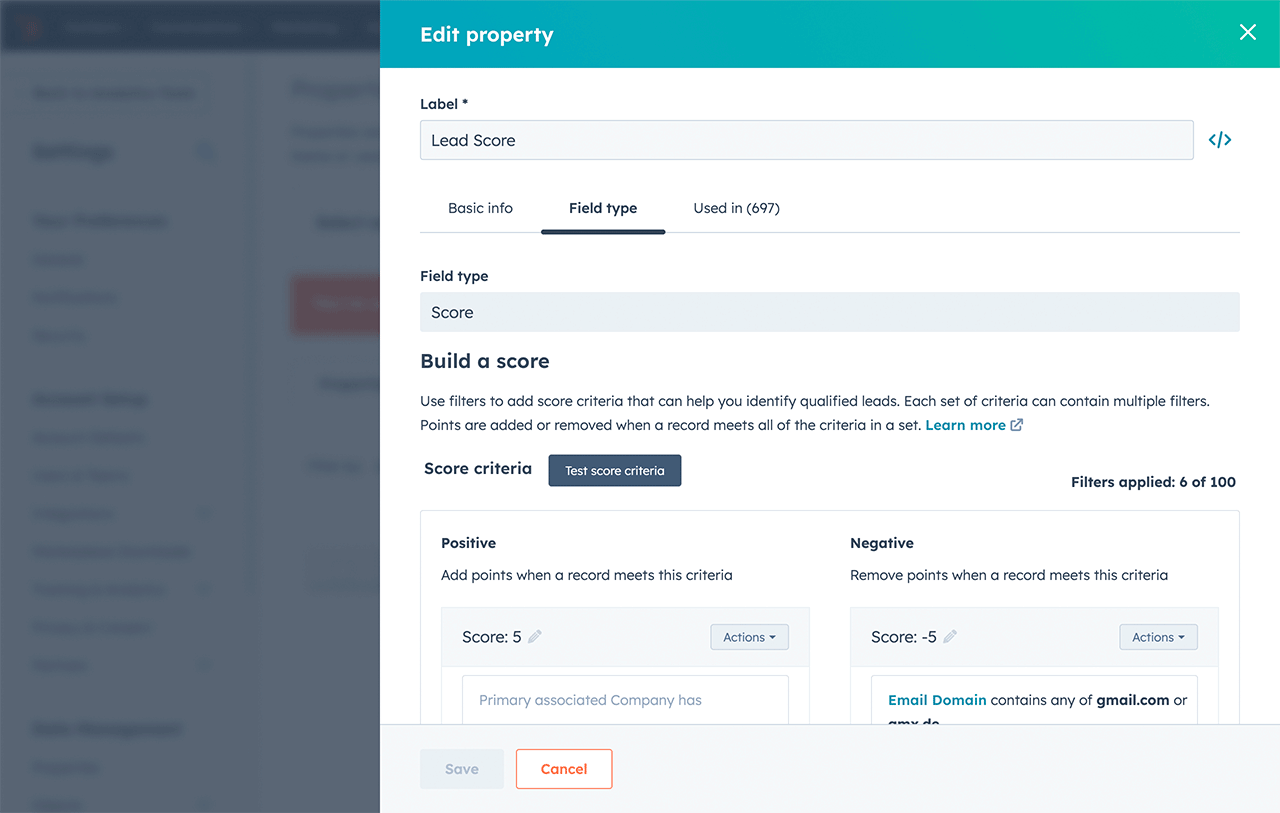
Joint Goal Setting and KPIs
Setting shared goals and key performance indicators (KPIs) aligned with the overall business objectives helps ensure that both teams work towards common targets.
Tool: Use Monday.com or other project management software tools to track and manage goals, tasks, and projects collaboratively.
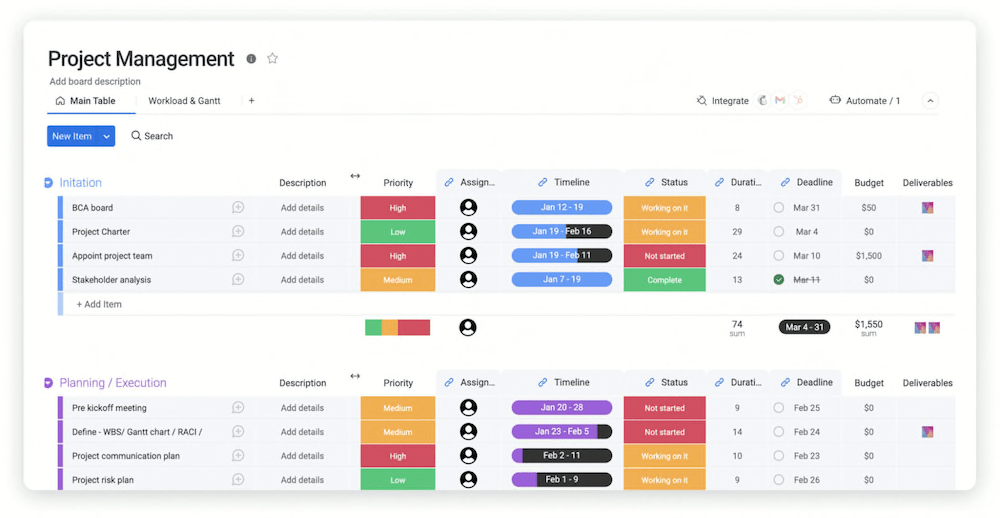
Collaborative Content Creation Processes
Involving both teams in the content creation process ensures that marketing materials are aligned with the sales team's needs and messaging. Have content teams interview and mine insights directly from the sales and prospecting interactions to tailor content more effectively to emerging needs. This collaboration can lead to more effective marketing campaigns and sales pitches.
Tool: Tools like CoSchedule can help manage content calendars and workflows, keeping both teams involved and informed.
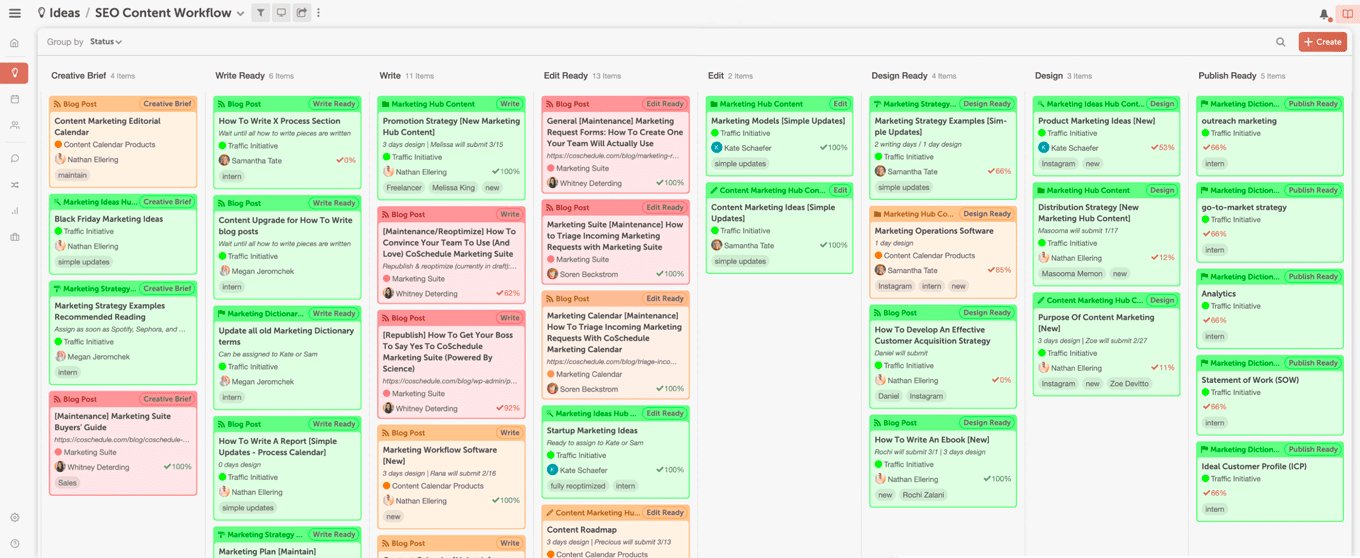
Regular Training and Workshops
Regular training sessions and workshops for both teams can help them understand each other's roles, challenges, and objectives better. This mutual understanding fosters empathy and collaboration.
Tool: LMS platforms like TalentLMS can be used to organize and deliver training sessions.
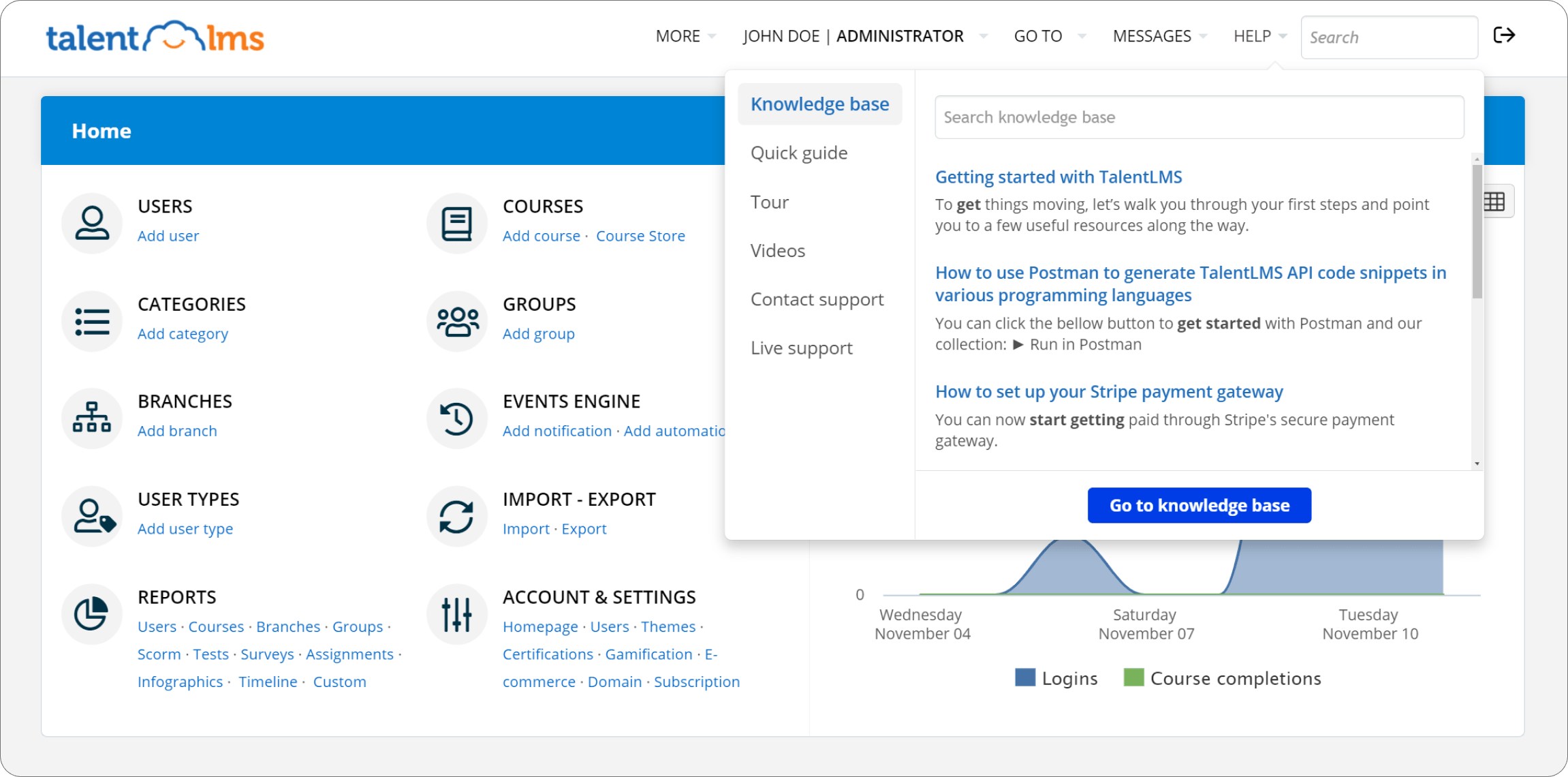
Marketing and Sales Alignment Tools
Utilize specific tools designed to bridge the gap between sales and marketing. These tools can help track progress, manage campaigns, and ensure both teams are aligned.
Tool: LinkedIn Sales Navigator is a powerful tool for integrating sales and marketing efforts by leveraging LinkedIn's network for lead generation and relationship management.
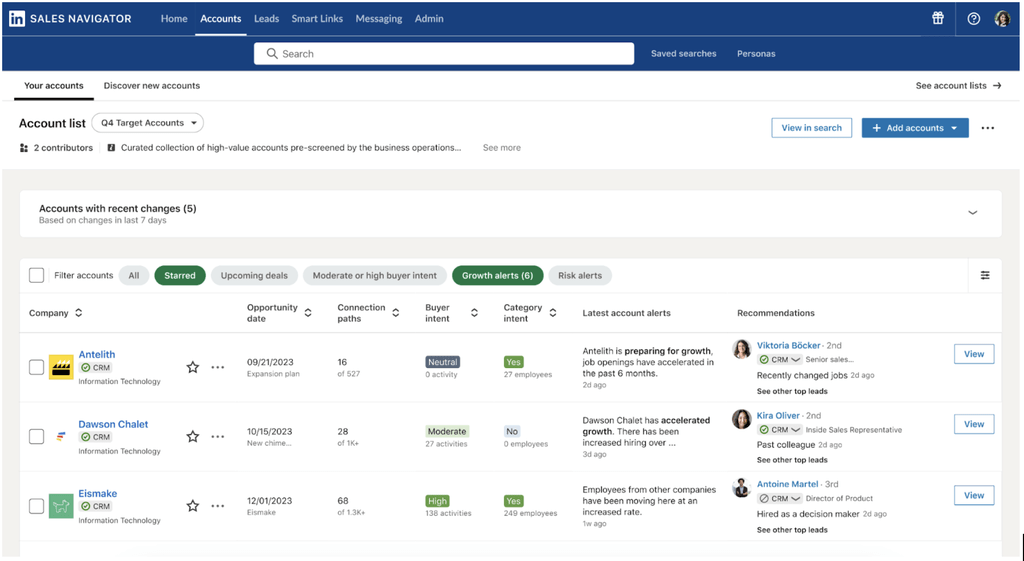
By implementing these strategies and leveraging the right tools, you can ensure that your sales and marketing teams are aligned, working together towards shared goals, and driving optimal results for your organization.
Real-World Examples of Successful Alignment
Seeing how other companies have successfully aligned their sales and marketing teams can provide valuable insights and inspiration. Here are four real-world examples:
Crossbeam's Company-Wide OKRs
Company Overview:
Crossbeam is a collaborative data platform designed to help companies partner more effectively.Alignment Strategy:
Crossbeam uses company-wide Objectives and Key Results (OKRs) to align its marketing and sales efforts. According to Co-Founder and CEO Robert Moore, these OKRs are updated quarterly and measured using various metrics from HubSpot. The company employs real-time dashboards and daily updates on Slack to keep everyone informed, fostering a unified approach toward achieving their goals.Key Takeaway:
Sharing key metrics across teams facilitates alignment and iterative improvements based on real-time performance data.Rybbon's Marketing to Sales Circle
Company Overview:
Rybbon is a digital rewards platform that enables businesses to send and manage rewards and incentives.Alignment Strategy:
Rybbon transformed its traditional funnel approach into a "marketing to sales circle," which emphasizes continuous feedback and collaboration. CEO Jignesh Shah mentions that coordinated sales follow-ups support marketing campaigns, and weekly meetings are held to evaluate outcomes and adjust strategies. This cyclical process ensures ongoing alignment and shared responsibility for results.Key Takeaway:
Regular, structured collaboration and feedback between sales and marketing teams create sustainable alignment.SmartBug Media's Revenue-Aligned Content Calendar
Company Overview:
SmartBug Media is a marketing agency specializing in inbound marketing, digital strategy, and design.Alignment Strategy:
SmartBug Media aligns its content calendar with revenue targets. Director of Marketing Hannah Shain notes that their integrated approach has led to a significant increase in inbound-qualified leads and conversion rates. The synergy between marketing content and sales efforts ensures that both teams are directly contributing to the same financial goals.Key Takeaway:
Tying marketing goals directly to revenue metrics motivates both teams to work towards common objectives.Outreach's Blame-Free Culture
Company Overview:
Outreach is a sales engagement platform that helps sales teams drive more pipeline, close more deals, and retain more customers.Alignment Strategy:
Outreach fosters a blame-free culture to maintain alignment. VP of Sales Mark Kosoglow emphasizes the importance of viewing pipeline challenges as shared problems. By avoiding finger-pointing and focusing on collaborative problem-solving, they create an environment where both teams can discuss improvements openly and effectively.Key Takeaway:
Cultivating a collaborative culture without blame encourages open communication and joint problem-solving.
For more in-depth insights, visit the original article on HubSpot.
Ready to align your sales and marketing teams for measurable growth?
Best Practices for Enhancing Sales and Marketing Alignment
To achieve meaningful sales and marketing alignment, it's essential to focus on several best practices that encourage collaboration and mutual goals. Here are some key initiatives and strategies to consider:
Building Buyer Personas Together
Developing accurate buyer personas is a crucial step in understanding your target audience. When both salespeople and marketing departments collaborate on creating these profiles, you ensure that they reflect real customer pain points and needs.
Sales reps, with their direct client interactions, provide valuable insights, while marketing teams can use this information to craft targeted content marketing strategies. This collaborative effort helps you attract marketing-qualified leads (MQLs) that are more likely to convert.
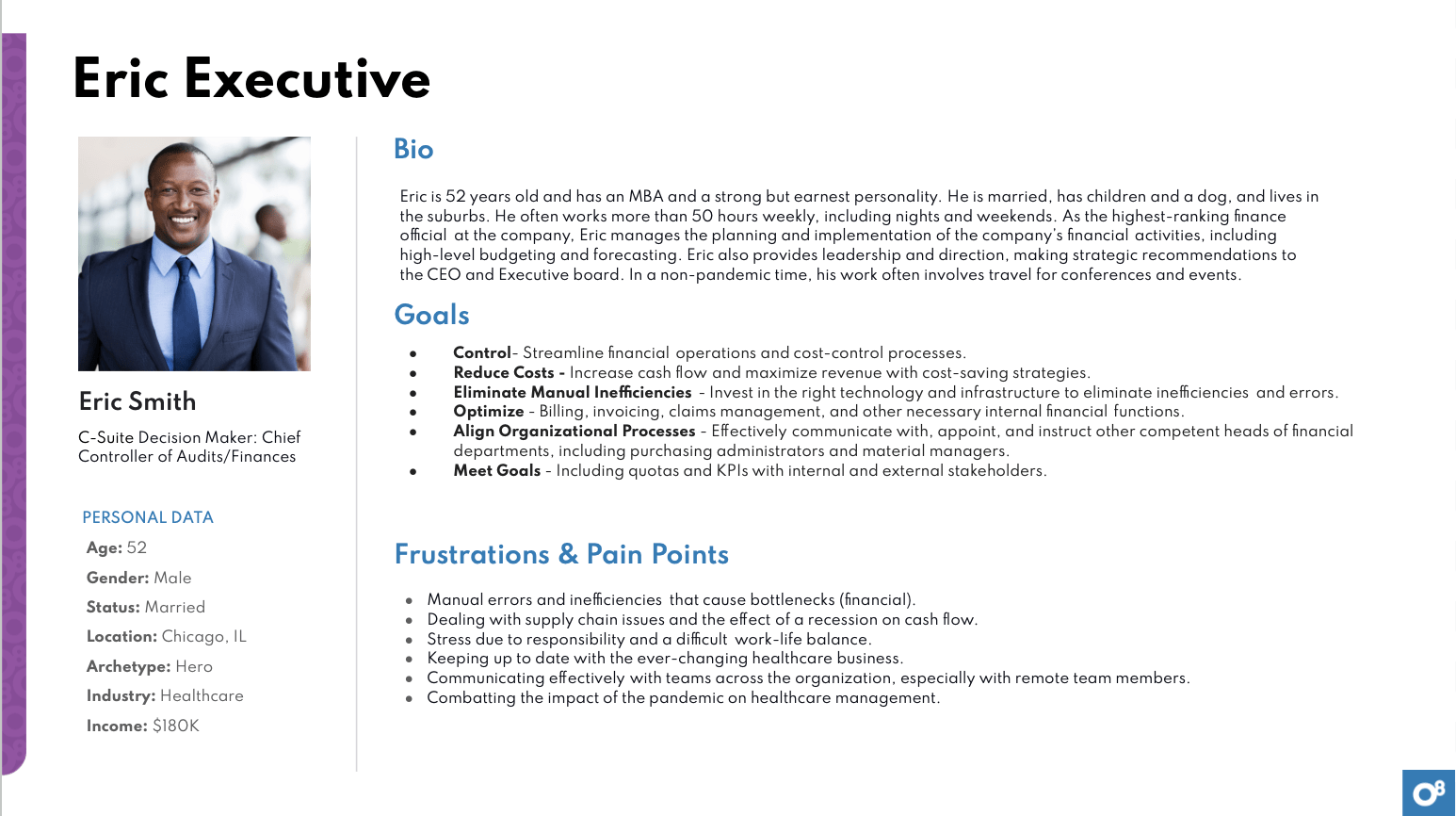
Implementing Sales Enablement Tools
Sales enablement tools are vital for providing your sales team with the resources they need to close deals effectively. Equip your sales reps with data-driven insights, content, and tools that enable them to engage potential customers throughout the sales funnel. Regular training sessions and easily accessible content repositories can empower your team to perform at their best.
Establishing a Feedback Loop
A robust feedback loop between sales and marketing teams is essential for continuous improvement. Regular meetings between sales leaders and marketing leaders allow for the exchange of insights and feedback on the effectiveness of campaigns, lead quality, and content performance. This iterative process helps both teams refine their strategies and better align their efforts toward achieving revenue goals.
Utilizing Lead Scoring and CRM Integration
Lead scoring helps prioritize leads based on their likelihood to convert, ensuring that sales teams focus on high-quality prospects. A unified CRM system allows for seamless handoff between marketing and sales, reducing the chances of marketing misalignment. By integrating lead scoring into your CRM, you can ensure that both MQLs and sales-qualified leads (SQLs) receive the appropriate level of attention and follow-up.
Crafting a Unified Content Marketing Strategy
A well-coordinated content marketing strategy ensures that marketing efforts support the sales process at every stage of the sales cycle. From blog posts and social media updates to email campaigns and sales calls, every piece of content should aim to move potential customers closer to conversion. Consistent messaging and timely content nurture leads and help improve win rates.
Monitoring and Analyzing KPIs
Tracking key performance indicators (KPIs) related to both sales and marketing efforts is crucial for assessing alignment success. Common metrics include customer acquisition costs, customer retention rates, and lead conversion times. CMOs should oversee the alignment of these metrics with business growth objectives, ensuring that both teams stay focused on shared revenue goals.
By following these best practices, you can foster a collaborative environment that enhances the relationship between sales and marketing teams. This alignment not only streamlines your sales process but also drives long-term business success.
Measuring the Success of Sales and Marketing Alignment
To fully realize the benefits of aligning sales and marketing, it’s crucial to measure the success of these efforts. Conduct regular analysis and reporting to assess alignment success and identify opportunities for enhancement:
- Weekly Meetings: Hold weekly meetings between sales and marketing teams to review performance metrics, discuss challenges, and adjust strategies.
- Quarterly Reviews: Conduct in-depth quarterly reviews to evaluate progress towards shared goals and recalibrate objectives as needed.
- Dashboards: Create real-time dashboards that display key performance indicators, allowing both teams to monitor progress and make data-driven decisions.
Here are some key metrics and strategies to help you track and evaluate the effectiveness of your alignment initiatives:
Lead Conversion Rate
Track the rate at which marketing leads (MQLs) convert into sales-qualified leads (SQLs) and eventually into customers. A higher conversion rate indicates better alignment between the teams.
Sales Cycle Length
Measure the time it takes for a lead to move through the sales funnel, from initial contact to closing the deal. A shorter sales cycle often reflects improved efficiency and collaboration between sales and marketing teams.
Customer Acquisition Cost (CAC)
Calculate the total cost of acquiring a new customer, including marketing and sales expenses. Lowering the CAC while maintaining or increasing conversion rates is a strong indicator of successful alignment.
Customer Retention Rate
Monitor how well your company retains customers over time. A higher retention rate suggests that both sales and marketing teams are effectively engaging and nurturing customers.
Revenue Growth
Track overall revenue growth to assess the financial impact of sales and marketing alignment. Consistent revenue growth typically signifies that both teams are working towards common revenue goals.
By regularly measuring and analyzing the success of sales and marketing alignment efforts, you can ensure continuous improvement and sustained business growth. This data-driven approach helps maintain focus on common goals and fosters a culture of collaboration and accountability.
Tools and Technologies
To effectively measure these metrics and maintain alignment, leverage the following tools and technologies:
CRM Systems
Utilize comprehensive CRM platforms like Salesforce or HubSpot to track lead interactions, manage sales pipelines, and integrate marketing data. These tools support seamless collaboration and data sharing between teams.
Marketing Automation
Marketing automation tools like Marketo or Pardot can help streamline marketing processes, track campaign performance, and nurture leads through automated workflows. These platforms also provide valuable data for sales teams to act on.
Analytics and Reporting Tools
Use analytics tools like Google Analytics and Tableau to track the performance of marketing campaigns and their impact on sales. These tools offer actionable insights and help identify areas for improvement.
Streamline your sales and marketing efforts with integrated CRM and marketing automation solutions
Integrating B2B Marketing and Smarketing for Optimal Results
In the realm of B2B marketing, aligning marketing and sales activities—commonly referred to as "smarketing"—is crucial for driving business growth and achieving revenue targets. Integrating digital marketing efforts with sales activities through the following strategies can create seamless customer experiences and maximize impact.
Developing a Unified Customer Profile
A critical first step in integrating B2B marketing and smarketing is developing a comprehensive customer profile. This profile includes detailed information about your target customers, such as their pain points, purchasing behavior, and decision-making criteria. Sales teams can provide valuable input on real-world interactions, while marketing functions can use data analytics to flesh out these profiles. This unified customer profile ensures that both teams are targeting the right audience with consistent messaging.
Aligning Digital Marketing Efforts
Marketing departments should focus on creating content and campaigns that nurture leads through the buyer’s journey. These digital marketing activities can include targeted email campaigns, social media engagement, and high-quality content such as blogs and whitepapers. You ensure a cohesive approach that builds trust and credibility with potential customers by aligning these efforts with the sales team's activities.
Implementing Service Level Agreements (SLAs)
Service Level Agreements (SLAs) between sales and marketing teams are foundational for setting clear expectations and responsibilities. An SLA outlines the specific metrics that each team should achieve, such as the number of marketing-qualified leads (MQLs) that should be handed off to sales each month. Regularly reviewing and updating these agreements helps maintain alignment and accountability, ensuring both teams are working towards common goals.
Leveraging Smarketing for Seamless Collaboration
The concept of smarketing goes beyond just working together; it’s about creating an integrated workflow where sales and marketing functions are interdependent and collaborative. Regular smarketing meetings can facilitate this integration, providing a forum for teams to discuss performance, share insights, and adjust strategies in real-time. Tools like CRM systems and integrated analytics platforms can further streamline this collaboration by providing shared access to key data points and metrics.
Conclusion: Achieving Sales and Marketing Alignment
Aligning sales and marketing teams is not just a strategy—it's a transformative approach that can propel your organization to new heights of success. By fostering collaboration, setting shared goals, and leveraging the right tools, you can overcome common challenges and create a unified effort that drives revenue growth and enhances the customer experience.
Key Takeaways
- Effective Communication: Establish regular meetings and open channels of communication to ensure both teams are always in sync.
- Shared Goals: Set common objectives and key performance indicators (KPIs) that motivate both teams to work towards the same targets.
- Unified Tools: Utilize integrated CRM systems, sales enablement tools, and collaborative platforms to streamline workflows and data sharing.
- Collaborative Culture: Foster a blame-free environment where sales and marketing can work together to solve problems and optimize strategies.
- Continuous Improvement: Implement feedback loops and measure performance to continually refine and improve your alignment efforts.
By implementing these strategies, you can create a cohesive and efficient team that is capable of achieving remarkable results. Remember, in the fast-paced world of B2B marketing, alignment is not a one-time project but an ongoing journey that requires commitment and adaptability.
Ready to take the next step in aligning your sales and marketing teams? Schedule a consultation with our experts to get personalized strategies tailored to your organization’s needs.
For more insights and strategies, explore related blog posts on Successful B2B Marketing Team Structure: The Ultimate Guide.







